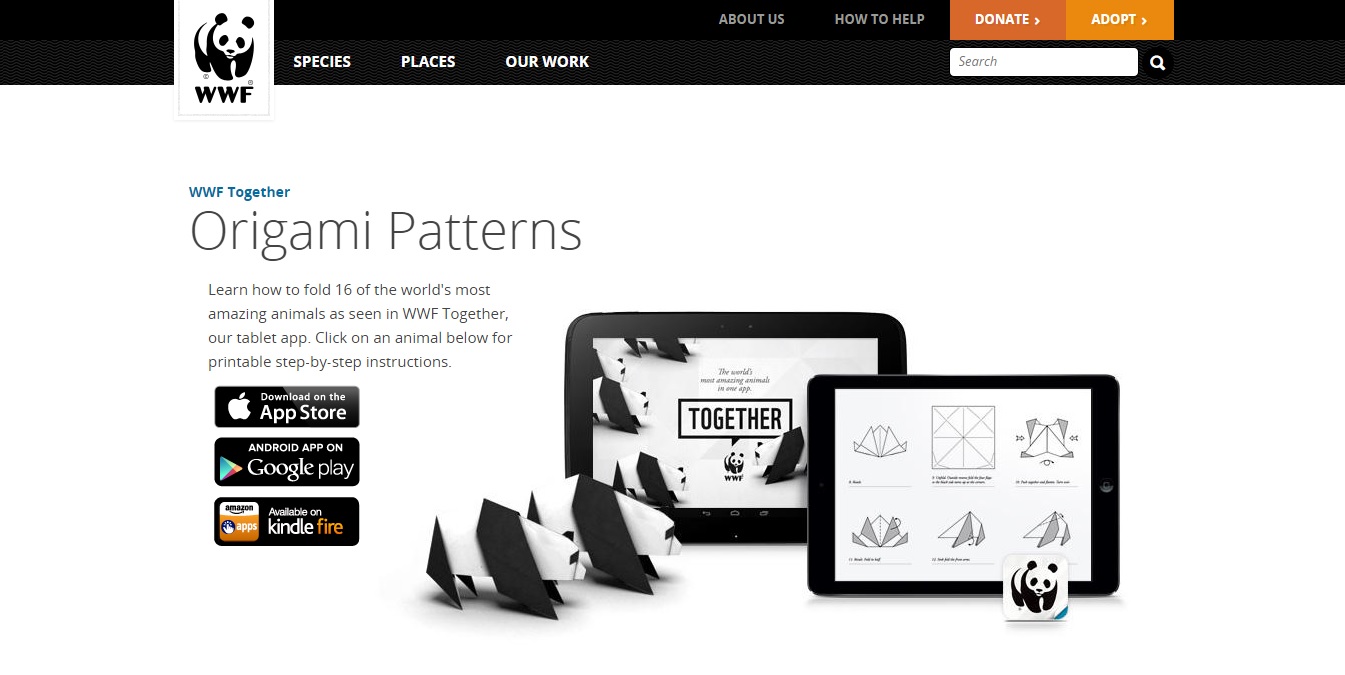When developing my illustrations, I take into consideration the compositions of my pieces. The page needs to be filled out effectively without making the content too busy. These first two images are on A4 sheets of watercolour, however when I had my formative assessment and through tutorials, I have been encouraged to work on a larger scale. This has faced me with a challenge as I have been taken out of my comfort zone, but I believe it has work out well.
Below, these pieces are all on A2 sheets of watercolour paper. Scaling my work up has allowed me to explore the composition more and experiment with bolder strokes and washes of colour, As a whole, a larger scale has more impact and creates stronger illustration. The scale also reflects the greatest of the animals and their physical size. They are important to the wild and through up-scaling my work this is portrayed more effectively.
Above, I have incorporated elements of the issues faced by the animals in the wild. The Asian elephants main crisis is the threat of habitat loss through deforestation. This has been applied to my illustration through the great expanse in the composition. The elephant is more defined in order to bring it to the foreground of the image whilst the tones become lighter in the right half of the composition to create a sense of distance. The light space really enhances the idea of space and distance as the elephant looks out into the background wondering where his home has vanished to.
In the illustration of the orang-utan I have included symbols with an aim to be thought-provoking for the viewer. This could be interpreted in numerous ways by the viewer although a main sense of human-wildlife conflict is apparent. My intention was to reflect the illegal pet trade which orang-utans are often succumbed from the wild. In this illustration the dark tones of the ink reflect the human conflict towards the animal. The hand is grabbing the orang-utan and the chains are a symbol of being trapped and controlled. This illustration is particularly strong for depicting the threats to the species by humans directly. The subtle orange tones used for the fur create a sense of vulnerability and also define the animal as it's specific species, an orang-utan.






.JPG)

































